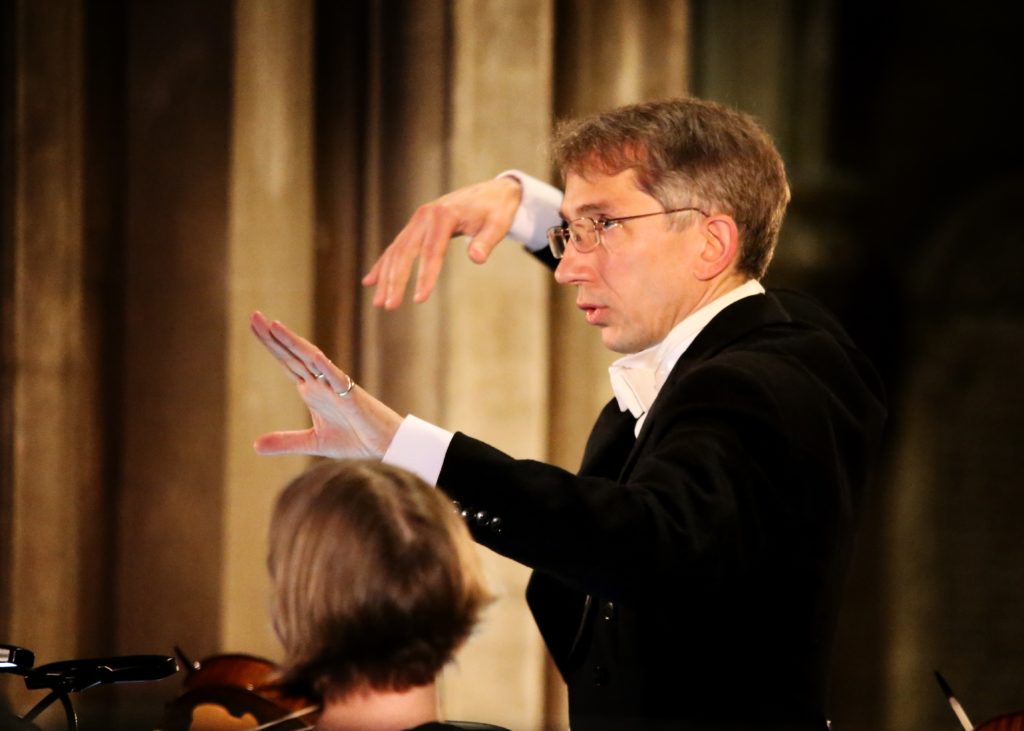
YOU would not normally expect a choral concert to consist only of eight Mass sections, four each from the 16th and the 21st centuries.
That thought must have occurred to Robert Hollingworth, conductor of The 24, which is now the University of York’s chamber choir (although with eight more singers than its title suggests).
So he added – on the pretext that this was both St David’s Day and the first official day of spring – six seasonal poems along with extracts of birdsong. Not perhaps what paying customers had hoped to hear, but certainly original.
Equally controversial was the setting of Palestrina’s Missa Papae Marcelli, in what was termed an arrangement by Francesco Soriano, a former pupil of the great man and a one-time choirboy at San Giovanni in Laterano, Rome (St John’s Lateran) under his direction.
Soriano’s declared intention is to convert Palestrina’s four-voice setting into a double-choir, eight-voice polychoral one. But at times he departs so far from Palestrina’s original that what he produces is better described as a paraphrase. We would be better off leaving Palestrina’s name out of it altogether.
The 24 tackled it judiciously, if without much variation in tone or dynamics. When upper voices were heard alone during Palestrina’s Benedictus, it was both a welcome relief and beautifully done. The preceding Credo had enjoyed a strong finish, but there was no sign of a piano at the Crucifixion. The most homogeneous tone came in a smooth Agnus Dei.
The Finnish composer Einojuhani Rautavaara completed his Missa A Cappella five years before his death in 2016 aged 87. It derives a certain mysticism from its regular use of a halo of sound around its main melodies, which otherwise appear without much accompaniment.
There was a new urgency in the choir here, which peaked in the rapid chanting at the end of the Credo. The ‘halo’ effect was at its best against the solo in the Sanctus; the otherwise calmer Benedictus closed with an unexpected crescendo.
There was even a glimpse of timelessness in the Agnus Dei, where the layering of the voices was at its clearest. Doubts remained however about how much weight the composer had given to the actual texts, as opposed to merely producing a spiritual aura.
The 24 is obviously a highly competent ensemble. But one could have wished for repertory that had stretched it more and provided contrast with the two masses. The poems were intelligently read but would have benefited from amplification. The birdsong remained, I fear, peripheral. But it was good to be back in a refurbished Guildhall.
Review by Martin Dreyer
